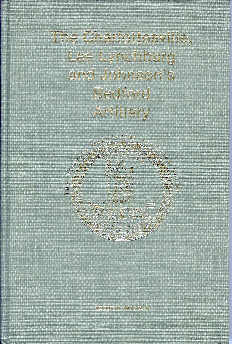 |
THE CHARLOTTESVILLE, LEE LYNCHBURG and JOHNSON'S BEDFORD ARTILLERY by Robert H. Moore, II (Published by H. E. Howard, Inc., 1990) 142 pages including maps, photographs, rosters, and bibliography ISBN 1-56190-008-7 For pricing and availability contact: H.E. Howard, Inc. Rt. 2 Box 496H Appomattox, Virginia 24522 |
About the Book: